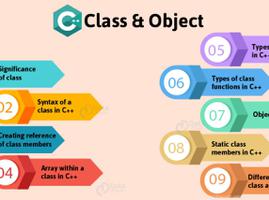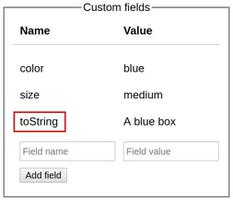用AngularJS深度合并对象
通常我会使用浅拷贝对象 angular.extend()
这是一个例子:
var object1 = { "key": "abc123def456",
"message": {
"subject": "Has a Question",
"from": "example1@example.com",
"to": "example2@example.com"
}
};
var object2 = {
"key": "00700916391"
};
console.log(angular.extend({}, object1, object2));
将给我们:
{ "key": "00700916391",
"message": {
"subject": "Has a Question",
"from": "example1@example.com",
"to": "example2@example.com"
}
}
但是,如果我想合并对象以使父键不会被子对象覆盖,该怎么办:
var object1 = { "key": "abc123def456",
"message": {
"subject": "Has a Question",
"from": "example1@example.com",
"to": "example2@example.com"
}
};
var object2 = {
"key": "00700916391", //Overwrite me
"message": { //Dont overwrite me!
"subject": "Hey what's up?", //Overwrite me
"something": "something new" //Add me
}
};
console.log(merge(object1, object2));
将给我们:
{ "key": "00700916391",
"message": {
"subject": "Hey what's up?",
"from": "example1@example.com",
"to": "example2@example.com",
"something": "something new"
}
}
是否有一个Angular函数已经执行了我不知道的深度合并?
如果不是,则有一种本机方法可以在javascript中递归地执行n个级别的操作。
回答:
用途angular.merge:
不同于
extend(),merge()递归地进入源对象的对象属性,执行深层复制。
angular.merge(object1, object2); // merge object 2 into object 1没有理由不应该使用简单的递归算法:)
假设它们都是JSON.stringify或类似结果:
function merge(obj1,obj2){ // Our merge function var result = {}; // return result
for(var i in obj1){ // for every property in obj1
if((i in obj2) && (typeof obj1[i] === "object") && (i !== null)){
result[i] = merge(obj1[i],obj2[i]); // if it's an object, merge
}else{
result[i] = obj1[i]; // add it to result
}
}
for(i in obj2){ // add the remaining properties from object 2
if(i in result){ //conflict
continue;
}
result[i] = obj2[i];
}
return result;
}
这是一个工作的jsfiddle
(注意,这里不处理数组)
以上是 用AngularJS深度合并对象 的全部内容, 来源链接: utcz.com/qa/416578.html







